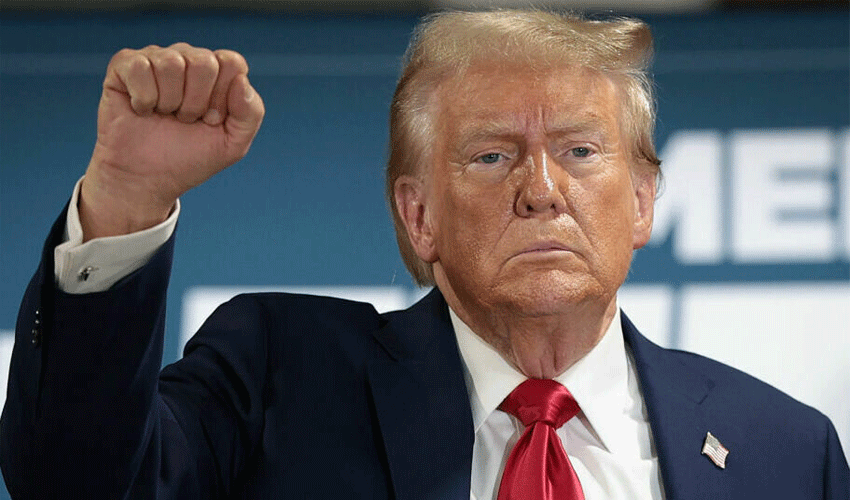On Sunday, US President Donald Trump announced plans to impose a new 25% tariff on all steel and aluminum imports, in addition to the existing metal duties, marking another major escalation of his trade policy overhaul.
Speaking to reporters on Air Force One on his way to the NFL Super Bowl in New Orleans, Trump stated that he would announce the new metal tariffs on Monday.
He also mentioned that he would announce reciprocal tariffs on Tuesday or Wednesday, which would take effect almost immediately, applying to all countries and matching the tariff rates levied by each country.
“And very simply, it’s, if they charge us, we charge them,” Trump said of the reciprocal tariff plan.
The largest sources of US steel imports are Canada, Brazil, and Mexico, followed by South Korea and Vietnam, according to government and American Iron and Steel Institute data.
Canada, which is rich in hydropower, is by far the largest supplier of primary aluminum metal to the US, accounting for 79% of total imports in the first 11 months of 2024.
“Canadian steel and aluminum support key industries in the US from defense, shipbuilding, and auto,” Canadian Innovation Minister François-Philippe Champagne posted on X.
Trump also said that while the US government would allow Japan’s Nippon Steel to invest in US Steel, it would not allow this to become a majority stake.
“Tariffs are going to make it very successful again, and I think it has good management,” Trump said of US Steel.
During his first term, Trump imposed a 25% tariff on steel and 10% on aluminum but later granted several trading partners duty-free exemptions, including Canada, Mexico, and Brazil.
Former President Joe Biden later negotiated duty-free quota arrangements with the UK, the EU, and Japan. It was unclear from Trump’s announcement what would happen to those exemptions and quota arrangements.
Trump said he would hold a news conference on Tuesday or Wednesday to provide detailed information on the reciprocal tariff plan, adding that he first revealed on Friday that he was planning reciprocal tariffs to ensure “that we’re treated evenly with other countries.”
Trump has long complained about the EU’s 10% tariffs on car imports being much higher than the US car rate of 2.5%. He frequently states that Europe “won’t take our cars” but ships millions west across the Atlantic every year.
The US, however, enjoys a 25% tariff on pickup trucks, a vital source of profits for Detroit automakers General Motors, Ford, and Stellantis’ US operations.



